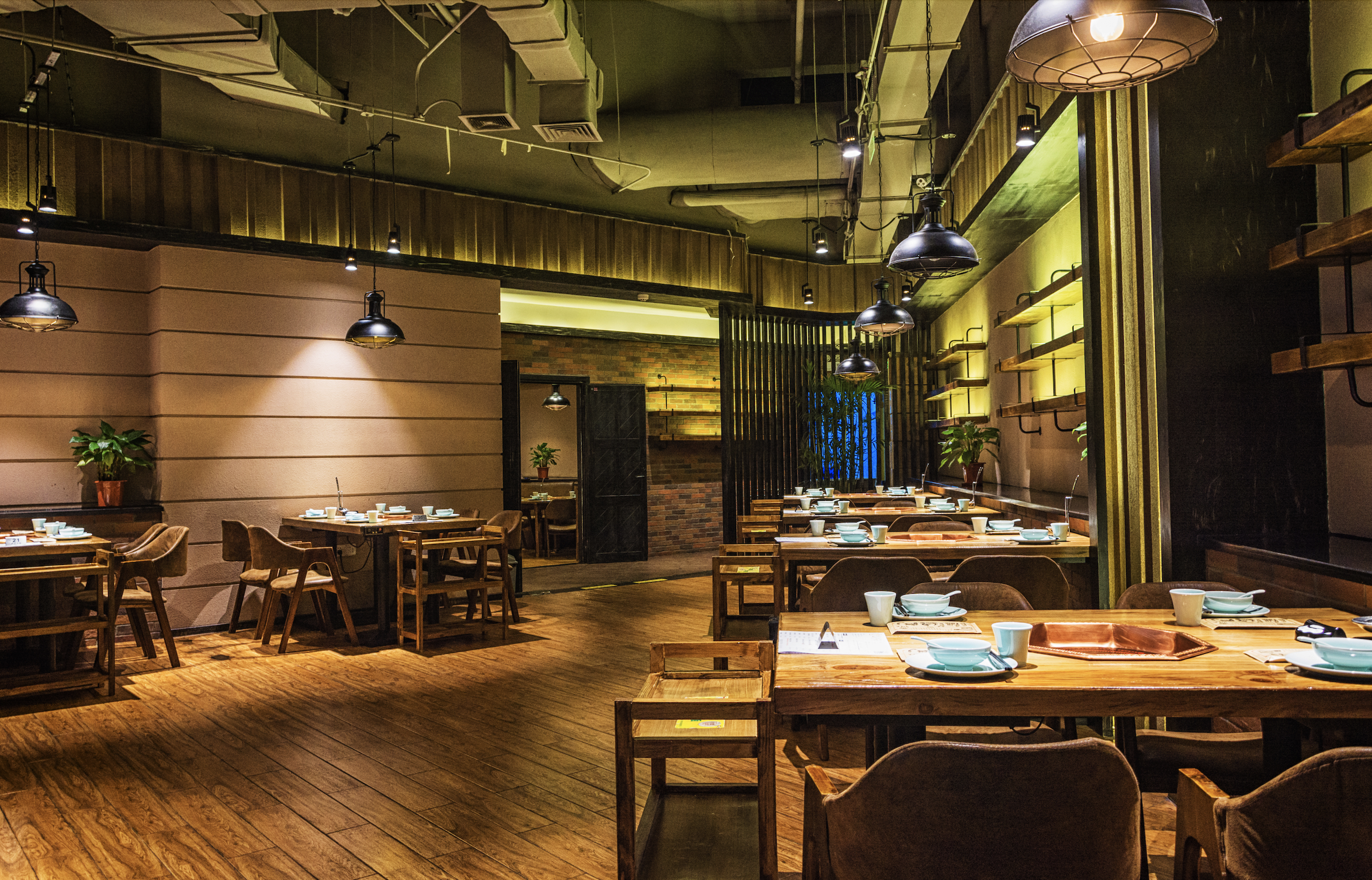10 Essential Things You Need in Your Restaurant Business Plan
Whether you’re opening a new restaurant or an industry veteran, a good business plan is essential for success

Contents
Creating the Perfect Restaurant Business Plan
When opening a new restaurant, or even when looking to improve on an existing F&B venture, creating a good business plan can yield amazing results. Not only does it force restaurant owners to think critically about the important factors that create business success, but it can also help to flag any potential pitfalls and errors that could cripple an otherwise successful eatery down the line. In this article, we’ll go over ten essential things you need in your business plan, and why they’re so important.

1. Theme, Concept and Style
Having a strong restaurant concept is key in helping your business stand out from other competitors. Factors such as the décor, the type of food served and service style should be clear and consistent throughout every aspect of your restaurant and its operations.
The way your restaurant looks on the inside is one of the first and most important impressions you will imprint on your target audience. When deciding on the type of interior décor you’re after for your restaurant, try setting up a mood board. You’ll want to consider things like how vibrant you want your design, what sort of art you might put up, how strong the lighting is, how spaced apart the tables are and if you’ll have any fun, themed washrooms.

2. Stellar Service
Service can make or break a restaurant. How customers experience your business is often defined by the type of service they experience. It’s therefore important to have a clear plan of what type of etiquette you expect your staff to conduct themselves with. Should they be courteous and formal, cheerful and friendly, or perhaps just get the job done as quickly as possible? Based on whether you’re running a fast food or table service establishment, you’ll have very different requirements of your staff.

3. Identify Your Target Market
Different types of food appeal to totally different demographics of people. Is your restaurant trying to target an older, more sophisticated crowd, are you going after hip youngsters or those looking for a quick meal on the cheap? Either way, you’ll want to research how to appeal to your target demographic, find out where they usually congregate and research how to tailor your menu to fit their budget.
4. Carefully Pick Your Location
The location you settle on should be a direct consequence of how beneficial it is to reaching the target market that your business is targeting. If you know you’re targeting professionals, for example, you might want to set up somewhere in the business district and take advantage of lunch and dinner rushes.
You’ll also want to consider if the district you pick will benefit or hinder your restaurant’s theme. For example, setting up a fine dining restaurant in a family neighborhood might not net you as many customers as setting up a family-friendly diner.
Finally, make sure to consider the lease or purchase price of the property. Pick a place you can comfortably afford without piling on the debt before you’ve even opened for business, yet.

5. Financials
It's important to understand your budget and plan on getting the most important things you need first. Sometimes, first-time restaurant owners get carried away and focus on buying things like expensive decorations, which are not the most essential thing when setting up a new business. Instead, focus on what you really need to run your business and then, if you have cash left over, splurge on some other items that might help your restaurant pop. For more budgeting information, check out our article on how to avoid falling into the trap of making financial mistakes and losing money.

6. Brand Image
Deciding on a logo may be a little tricky as it tends to be the focal points of a lot of restaurants and businesses. If you’re struggling with creating a compelling logo, maybe decide on your restaurant’s color schemes, social media aesthetic, what types of things you want to avoid and even on a catchy slogan. Having those things sorted can make it easier to design or decide on a suitable business logo.
Make sure to also create an online presence, be it through social media, SEO practices, creating a website or putting up blog posts. Getting your brand to have a strong digital footprint will make it easier for new customers to find your business.

7. Food Pricing
Crafting a compelling menu doesn’t just depend on the dishes you serve, but also on how affordable said dishes are to your target customers. Make sure you price dishes according to what your target audience can afford and will find suitable to pay for.
You should also consider your ingredient costs and factor that into the final pricing of your menu items. As a general rule of thumb, your ingredient costs per dish should be 30-35% of what you eventually charge customers.

8. Industry Evaluation
Before going into business, it’s key to do an overview and evaluation of the restaurant industry and its position in your region. If the restaurant sector in your country isn’t doing well, make sure you have identified the problems plaguing the industry and construct plans for how you will overcome these challenges.
You should also take into consideration how saturated the restaurant industry is where you plan to operate. If you have a lot of competitors (and even if you don’t) take the time to plan out how you will differentiate your restaurant and draw in more customers than your competition.

9. Staff and management
Putting together a great management team and group of staff is one of the most important steps to ensuring the overall success of your business. One great way to assign tasks to your staff is to list out each of their skills, specialties and past experience. This will help you decide who will thrive in the roles you need to fill and how they can best utilize their unique skills and abilities to the fullest.

10. What Tech Do You Need?
The technology your company needs to reach its full potential is extremely important to plan out in advance. Your restaurant will definitely need a POS (point of sale) system to keep track of daily transactions. However, based on the type of restaurant you are running, you may need additional bits of technology like an mPOS (mobile point of sale), KDS (kitchen display system), queue ticket kiosk, PhotoMenu, CFD (customer facing display), eSignage and more.
Having all your tech work together under one system is also key to ensuring that you can keep control of your entire business in the most efficient manner possible. There’s nothing worse than having all this great tech but no way for each component to communicate with one another. Plus, it would just be a huge waste of time to train your staff to learn how to use multiple unrelated systems.

Plan For Success
Hopefully by this point, you will have the relevant knowledge to create a fantastic business plan that will help you guide your restaurant in a successful direction. Remember to take your time with each part of the business plan and be meticulous in your planning. If you have all these ten bases covered, you’ll be well on your way to setting up a restaurant that’ll outperform the competition.